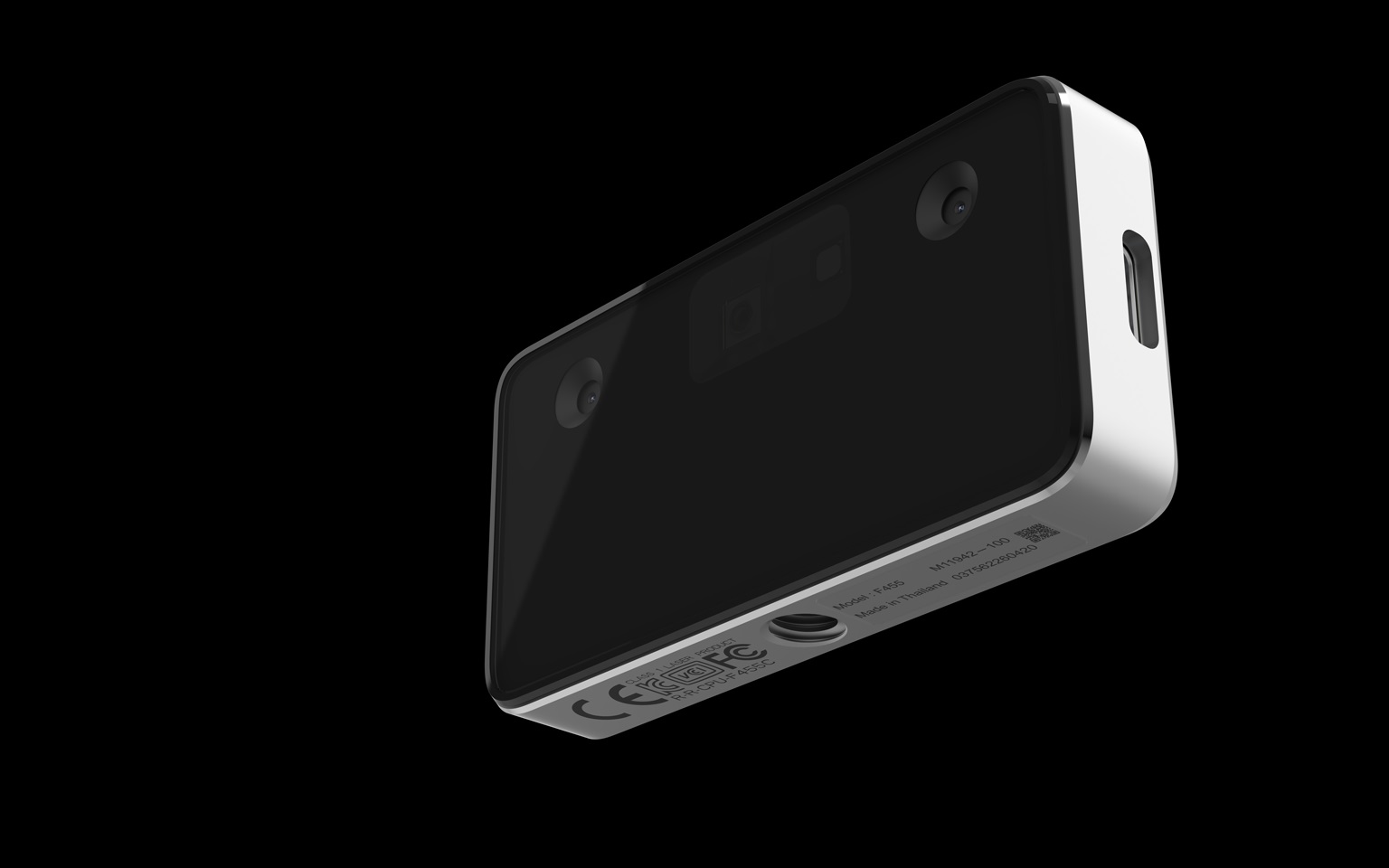Intel recently launched RealSense ID, a facial recognition system that makes use of a depth sensor and neural network for users to unlock smart devices using their face.
The technology works just like Apple’s Face ID, but Intel’s version is meant for smart devices. It can be used to secure smart locks, access control, point-of-sale, ATMs, kiosks, and more.

Intel launches RealSense ID – works like Apple Face ID but it is meant for smart devices
According to Intel, RealSense ID will combine active depth with a specialized neural network, a dedicated system-on-chip, and an embedded secure element to encrypt and process user data quickly and safely. The setup process for RealSense ID is easy and it also relies on a security chip that stores and encrypts user data, just like the Secure Enclave does on iPhone and iPad.
“With an easy enrollment process and no network setup needed, Intel RealSense ID brings a highly accurate, natural solution that simplifies secure entry. Using only a glance, users are able to quickly unlock what’s important to them. Intel RealSense ID combines active depth with a specialized neural network, a dedicated system-on-chip and embedded secure element to encrypt and process user data quickly and safely.”

RealSense ID also adapts to users over time as they change physical features such as glasses and facial hair. Additionally, the system is equipped to working in various lighting conditions and with people of varying complexions and heights.
To ensure the security of users, the software giant has added an anti-spoofing feature to its facial recognition system, so that the tech cannot be tricked by fake photographs, videos, or masks. RealSense ID also provides a one-in-1-million false acceptance rate, which means there are chances the tech can fail to work once in a million times.
This makes Intel’s RealSense ID pretty competitive in the market and it’ll be interesting to see how the tech competes with Apple’s Face ID. If successful, the software company could implement RealSense ID in other products such as laptops and PCs.
Read Also: